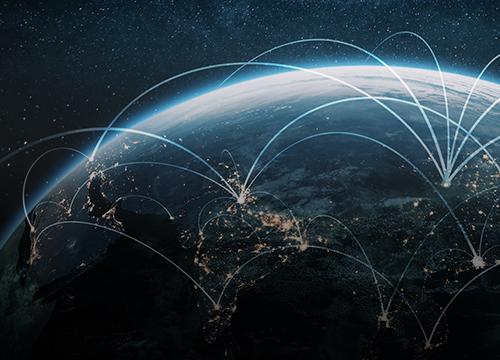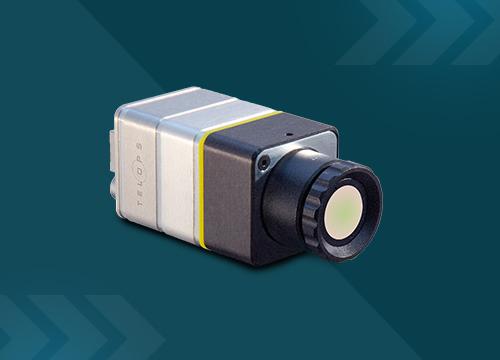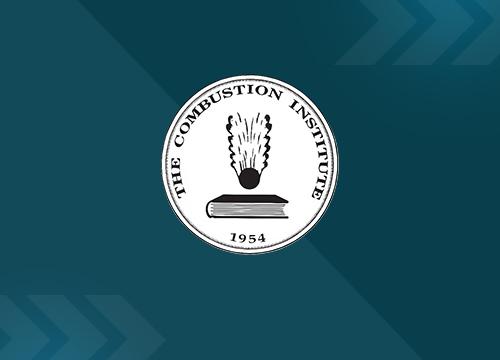ABSTRACT
Since the 1960s studies have been done to use laser gated imaging for night vision. As an active imaging technique, laser gated imaging does not rely on any natural light sources such as sunlight or thermal emissions. It is a technique that can be used for imaging through atmospheric obscurants such as smoke, haze, fog and dust. In the last decades significant improvements have been made on light source efficiency and detector technology. Furthermore, laser gated imaging has shown to find application in various fields such as long-range observation for security and target identification, imaging in adverse weather and/or atmospheric conditions, active polarimetry and 3D imaging.
Introduction
Laser gated imaging has risen to a mature level during the past years thanks to the improvements of compact and efficient laser sources, as well as technological advances in sensor technology.
The main advantage of laser gated imaging is to detect and recognize targets at long range. Thentechnology can also be used to detect camouflage, or to see through bad visual conditions like fog, haze, dust or smoke.
In this article we not only highlight the general principle of laser gated imaging, but also focus on the advantages of imaging in different spectral bands in visible and infrared.
Furthermore we discuss several applications of laser gated imaging. Lastly we introduce our new Bobcat-320-Gated – an affordable SWIR InGaAs camera for laser gated imaging applications.
Laser gated imaging: working principle
Fundamentally, laser gated imaging uses laser pulses in combination with a synchronized imaging sensor. The laser pulse serves as a source of light to illuminate the scene. Laser pulses are emitted from the source, and pulse durations range from as brief as a few nanoseconds to microseconds.
The light pulse is then absorbed or reflected by the surrounding surfaces present. Part of the reflected light is sent toward the imaging sensor and it carries information about the scene (like distance and reflectivity). Photons, traveling at the speed of light, that are reflected at different ranges, arrive at different points in time. The imaging sensor or camera only “opens the gate” (i.e., starts the exposure) after a certain time delay for a very short period of time. Therefore, the sensor is not affected by scattered photons or parasitic light sources. Only the photons that arrive within the right period of time contribute to the resulting image. The time delay or gating delay determines the position of the range gate in the scene, and the camera gating time or exposure time will define the depth of view. Therefore, the resulting image consists of information only from reflected photons at the distance of interest. The images contain target reflectivity as well as distance information.
Laser gated imaging at SWIR wavelengths
Depending on the application, laser gated imaging systems have been demonstrated based on different laser wavelengths – visible, near-infrared and short-wave infrared. Although laser gated systems in near-infrared (based on pulsed lasers, with wavelengths around 850 nm) have become more and more mature recently, there are two main problems:
- Imaging through atmospheric obscurants (haze, smoke, fog, dust…) requires longer wavelengths, in order to reduce scattering on molecules and particles.
- High-power lasers in near-infrared (around 850 nm) are not eye-safe.
Lasers in the short-wave infrared (SWIR) range, with wavelength longer than 1.4 μm, are generally considered ‘eye-safe’. In this range, water has a high absorption, and photons are absorbed on a human eye’s surface before reaching its retina. Most eye-safe lasers operate around 1.55 μm, as this is also the wavelength range commonly used in telecom systems, and for laser range finders.
Another advantage of SWIR compared to longer wavelengths in infrared (MWIR and LWIR) is the low thermal background emission in SWIR, resulting in low parasitic light interference.
In the SWIR wavelength band different technologies exist for standard imaging. However, when high sensitivity and gating, i.e. the use of very short exposure times, are required, only a very limited number of detectors or cameras are available on the market.
Applications of laser gated imaging
Various applications of laser gated imaging exist in the field of long range target identification, as a complement to a thermal imager, as well as imaging in adverse weather conditions, active polarimetry and even 3D imaging.
As long as a small amount of photons is capable of passing through the atmospheric obscurant (fog, haze, smoke…) without scattering, laser gated imaging is possible. The “undisturbed” photons will reflect at the target and will arrive at different times at the camera than the backscattered photons. Laser gated imaging allows for filtering the information and separate the undisturbed from backscattered photons.
Especially when using a gated imager with very short exposure time, unwanted interference from parasitic light sources can also be avoided.
Active polarimetric imaging is widely used in remote sensing to analyse the polarization of reflected light and to reveal the nature of a surface, for example, camouflage instead of bushes. If a laser gated system uses a source with strong polarization, the polarization state of the reflected light can be analysed.
Finally, laser gated systems can find application in 3D imaging. Since the reflected and undisturbed photons contain information on the distance to the target (via the time-of-flight), a 3D image of a scene can be created by using, for example, multiple frames and different gating delays.






